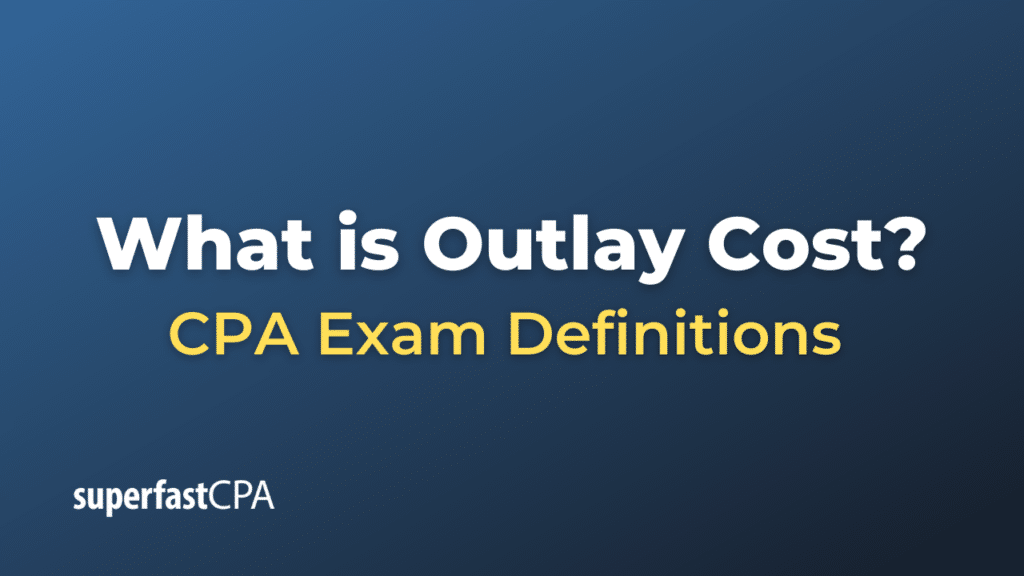Outlay Cost
Outlay cost, also known as explicit cost, refers to the actual cash expenditure that a company incurs while producing goods or services. It’s the direct payment made to others in the course of running a business or an operation. These costs are easy to identify, measure, and record because they generally involve a clear, tangible cash transaction.
Outlay costs include things like:
- Material costs: These are the costs of raw materials needed to manufacture a product.
- Labor costs: These are the costs of wages and salaries paid to employees.
- Rent: If a company leases a building or equipment, the rent is an outlay cost.
- Utilities: The costs of electricity, water, and other necessary utilities are also considered outlay costs.
For instance, if a company spends $10,000 on raw materials, $5,000 on wages, and $3,000 on rent in a month, the total outlay cost for that month would be $18,000. This is an explicit payment the company makes, which is recorded in the company’s books of accounts.
Outlay costs are different from opportunity costs, which represent the potential benefits an individual, investor, or business misses out on when choosing one alternative over another. While they are often not recorded in a company’s financial statements, opportunity costs can have significant implications for decision-making.
Example of Outlay Cost
Imagine you own a bakery.
- You lease a space in a commercial building for $2,000 per month.
- Your monthly utilities like water, electricity, and internet add up to $500.
- You purchase baking ingredients such as flour, eggs, sugar, etc., which cost $1,500 a month.
- You pay wages of $4,000 per month to your staff.
In this scenario, your outlay costs for a month are:
- Rent: $2,000
- Utilities: $500
- Baking ingredients: $1,500
- Wages: $4,000
So, the total outlay cost for a month would be $2,000 (Rent) + $500 (Utilities) + $1,500 (Ingredients) + $4,000 (Wages) = $8,000.
This total represents the explicit cash expenditure that you incur while running your bakery, which is easy to measure because these costs involve actual cash transactions.













